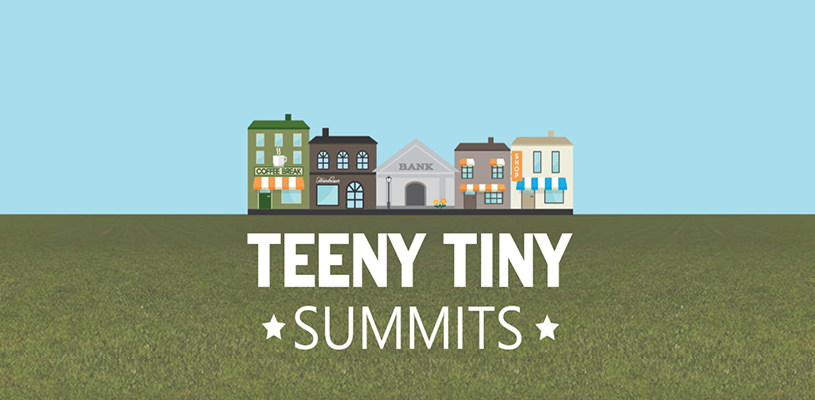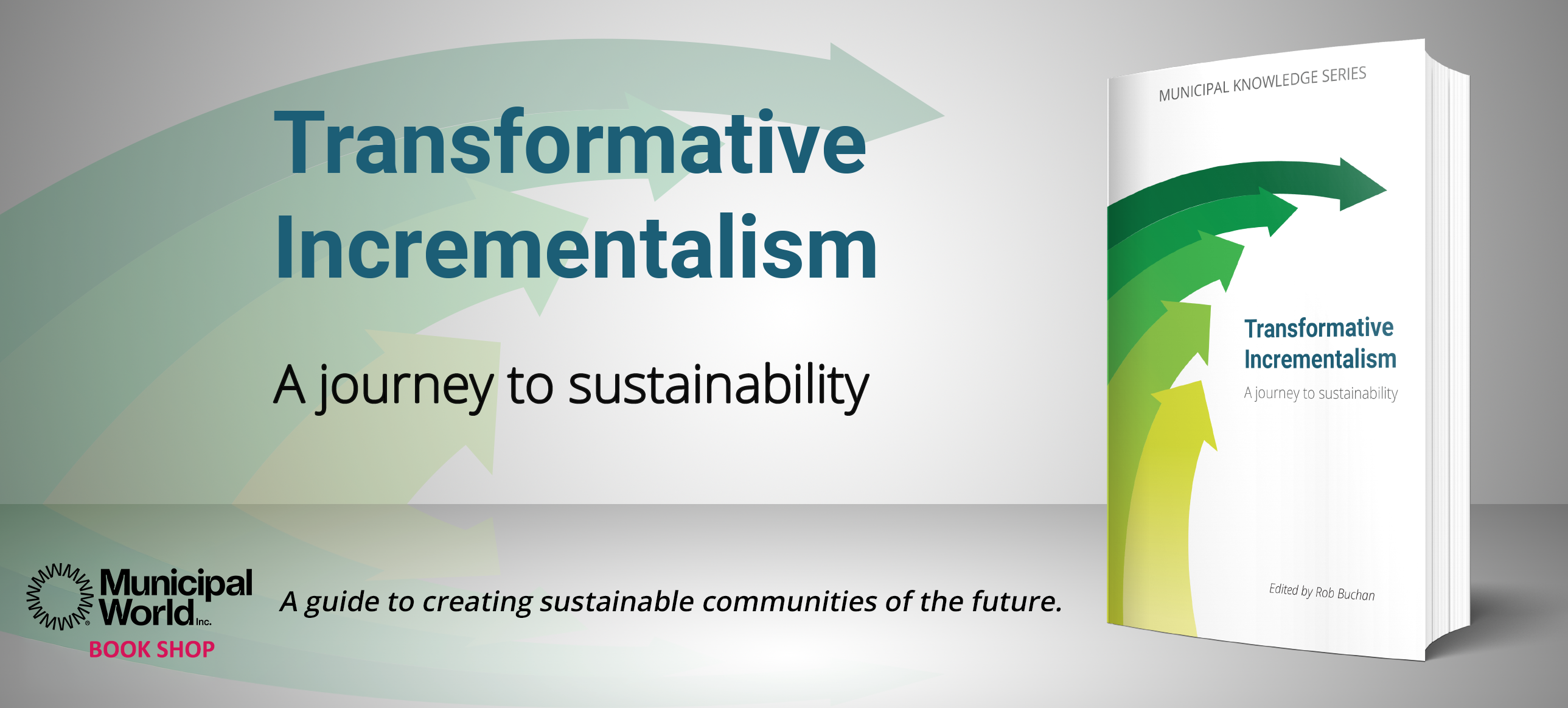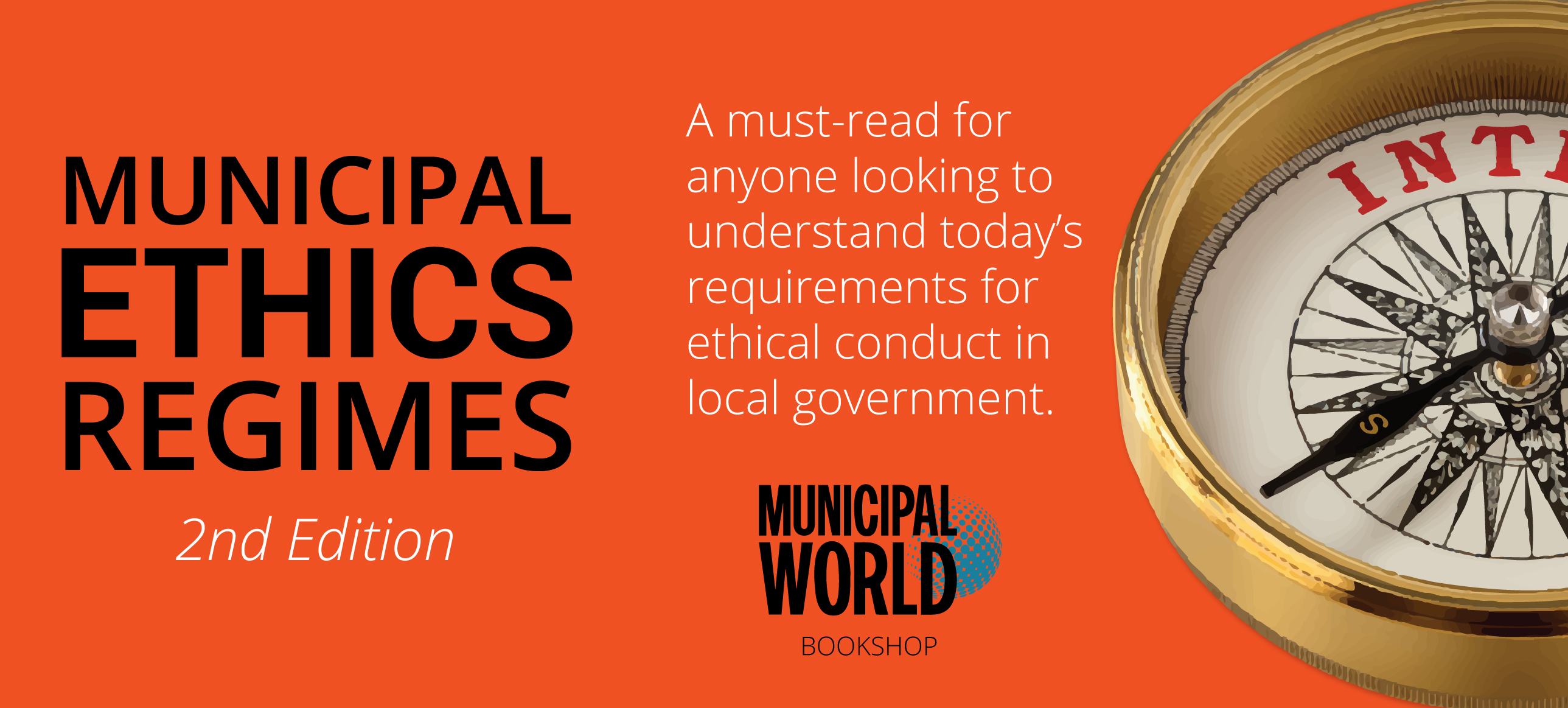Teeny Tiny Summits: Big ideas for small places

Sponsored by Regional Economic Development Branch, OMAFRA
I had a “eureka” moment at a recent Teeny Tiny Summit.
It was toward the end of the day. Peter Kenyon, renowned Australian community development consultant, had thoroughly inspired the audience earlier that day. His message of rural community empowerment, driven by real-life examples from all over the world, never fails to provide insight, provoke thought, and inspire. Throughout the day, we had heard about a fantastic array of impactful rural projects, innovative businesses, and amazing community leadership.
At the end of the day, it hit me. I realized something critical. These innovative, successful, job-creating, youth-attracting, market-pursuing businesses and communities were succeeding because of, not in spite of, being located in Teeny Tiny Places. They spoke about abundance. They spoke about abundance of community support, of opportunity, of space, of municipal encouragement.
What is a Teeny Tiny Place?
Teeny Tiny Places make up the vast majority of the geography of Canada. Over time, a loose definition of a Teeny Tiny Place has been developed. It’s not stringent, it’s more of a diagnostic test. If you check most of the boxes, you’re probably a Teeny Tiny Place:
- rural location;
- village centres of populations less than 1,000;
- few dominant economic drivers;
- stable or slightly declining population;
- village centres without water and wastewater servicing; and
- most economic development activity is undertaken by volunteers.
Why Teeny Tiny Summits?
Teeny Tiny Summits were initiated as a way to engage small communities in a discussion of scale-appropriate economic development. To date, more than 1,400 people have participated in a Teeny Tiny Summit in Ontario. These events began in 2016, initiated by Regional Economic Development staff with the Ministry of Agriculture, Food and Rural Affairs. Since that time, 12 events have been held. Why have they been so successful?
1. They are relevant for small communities.
Teeny Tiny Summits are a dedicated space for smaller communities to talk about scale appropriate community economic development, sharing content that will be 100 percent relevant to Teeny Tiny Places.
2. They feature local expertise.
We already have experts in our Teeny Tiny Places. Giving them a forum to share that expertise magnifies its benefit to the region.
3. They focus on assets, not deficiencies.
Where there is a challenge, there is also a group of community volunteers, municipal partners, or organizations tackling it in an innovative way. A Teeny Tiny Summit focuses on that innovation, rather than solely the inherent challenge.
2019 Teeny Tiny Summit Series
This has been a flagship year for Teeny Tiny Places. A record of five summits, with 600-plus attendees have been held across Ontario, driven by motivated local communities, and enabled by provincial staff. These fantastic, diverse rural communities hosted the events:
- Calabogie (Renfrew County) April 4;
- Black River-Matheson (Cochrane District) April 8;
- Thorndale (Middlesex County) April 10;
- Orono (Municipality of Clarington) April 11; and
- Dysart et al. (Haliburton County) June 7.
To learn more about the Teeny Tiny Summits, and to engage in a discussion about Teeny Tiny Places, please connect with us at www.teenytinysummit.com or on Twitter at @TeenyTinyPlaces. MW
Katie Nolan is an Agriculture and Rural Economic Development Advisor with the Ontario Ministry of Agriculture, Food and Rural Affairs (OMAFRA), where she works with rural communities and organizations on community economic development and innovative agricultural initiatives.
Related resource materials:



